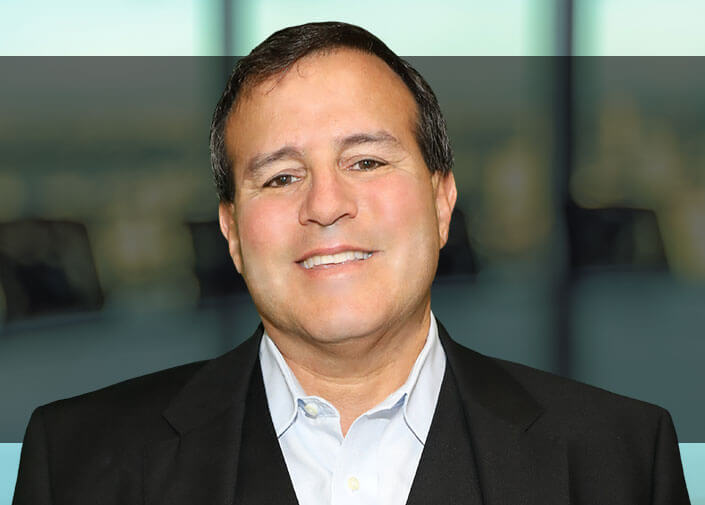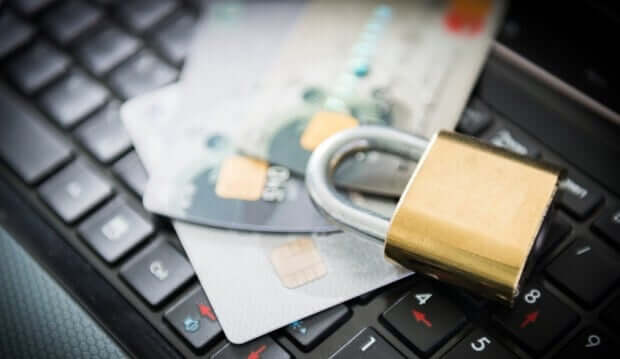We share blame for the identity theft epidemic. Here's the cure.
Last month, only one day apart, two depressing surveys were released.
One was promoted under this scary headline: “97 Percent Of People Globally Unable to Correctly Identify Phishing Emails.”
While that’s bad enough, the other survey asked “IT professionals” about their company’s “sensitive data.” It seems “57 percent of IT pros don’t know where all their orgs’ sensitive data lives.”
With news like this, is it any wonder more lazy, sleazy criminals are making a career switch into identity theft?
Gone phishing
That first survey was from Intel Security, a division of the well-known computer-chip manufacturer. It conducted a very clever quiz of 19,000 computer users around the globe.
The quiz showed you 10 emails. Some were so-called “phishing attempts.” As Debt.com explained it…
Phishing is like fishing – and you’re the fish. Scammers pose as businesses and authority figures and scare you into giving up personal information. These messages can look very official, imitating the name, logo, and layout of whoever the scammer is posing as.
So they’re not always easy to spot, but the Intel quiz revealed only 3 percent did so every time, while 8o percent missed at least one — which is all it takes to have your identity and your money stolen.
So what should you do about phishing? Literally nothing.
For instance, here’s a common phishing email: A bank emails you, “We suspect an unauthorized transaction on your account. To ensure that your account is not compromised, please click the link below and confirm your identity.”
Don’t click the link. Ever.
First, ask yourself this questions: “Is this even from my bank?” Sounds silly, right? You’d be surprised how many people don’t even consider this.
Second, call your bank. If the email has a phone number, don’t call that one. Check the number on the back of your debit/ATM card and tell them exactly what happened. Not only will you get your answer, the bank will report the phishing incident, so others won’t suffer a potentially serious crime.
Third, consult Debt.com’s Signs of Identity Theft section for more details — from preventing identity theft to recovering from it if you get become a victim.
When companies get confused
Protecting your own information is one thing, but what happens when you hand it over to big companies? How can you be sure you won’t get enmeshed in a massive data breaches, like the infamous one that hit Target a couple years ago and put 40 million credit card numbers at risk?
Sadly, there’s not much you can do on the front end. The second survey I cited at the beginning of this article is perhaps the more troubling, since it questioned “IT security pros” and found them lacking.
Conducted by a security firm called Perspecsys, its chief marketing officer Gerry Grealish concluded, “57 percent of IT security pros we surveyed say they struggle to see a complete picture of where their organization’s sensitive data is located.”
My suggestion is simple: Pay cash for as many purchases as possible. As I wrote in my book Power Up, I think everyone should go credit-card-free every so often. Why? Because when you spend cash, you feel and see the money leaving your hand, but “when you hand over a credit card, you can worry about the bill later and you may not think about it at all.”
Howard Dvorkin is a CPA and chairman of Debt.com, an educational resource for those who want to conquer all forms of debt in their lives.









